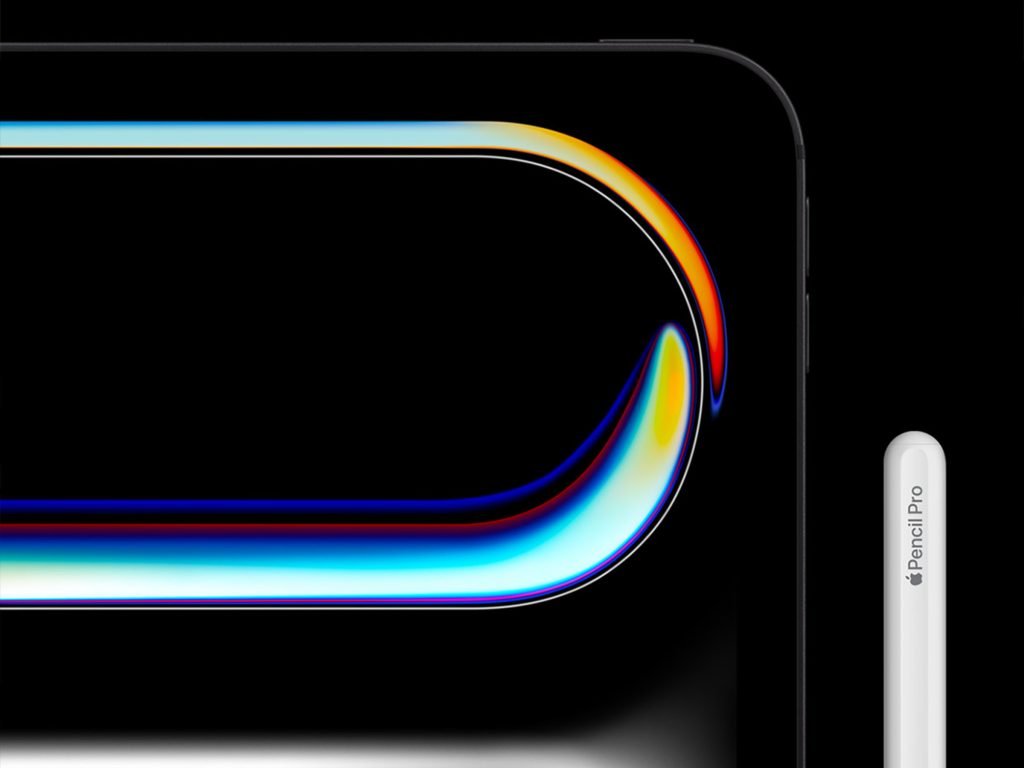M Series Apple Silicon refers to a series of system-on-chip (SoC) designs developed by Apple Inc. These chips are specifically designed to power various Apple devices, including Mac computers, iPads, and iPhones. They represent Apple’s move away from Intel processors towards custom-designed silicon.

Apple Silicon On Mac & iPad
Apple introduced its M series chips with the M1 in November 2020, initially in the MacBook Air, Mac mini, and 13-inch MacBook Pro, later expanding to the iMac, iPad Pro, and iPad Air. The M2 followed in June 2022, and newer iterations like the M3 and M4 have been introduced progressively, each improving performance and efficiency across Macs and iPads.
Silicon On Apple Vision Pro
The Apple Vision Pro features a unique dual-chip design. The M2 chip powers visionOS, runs advanced computer vision algorithms, and delivers stunning graphics efficiently. Paired with the R1 chip, which processes inputs from cameras, sensors, and microphones, this configuration ensures a virtually lag-free, real-time view of the world.
M1 Series
M1
The M1, Apple’s first system on a chip designed for use in Macs, is manufactured using TSMC’s 5 nm process. It integrates the CPU, GPU, Neural Engine, I/O, and more onto a single chip. The M1 features 4 performance cores, 4 efficiency cores, up to 8 GPU cores, and a 16-core Neural Engine. It was first used in the MacBook Air, Mac mini, and 13-inch MacBook Pro, and later in the iMac, 5th-generation iPad Pro, and 5th-generation iPad Air.
M1 Pro
The M1 Pro is a more powerful version of the M1, with six to eight performance cores, two efficiency cores, 14 to 16 GPU cores, and 16 Neural Engine cores. It supports up to 32 GB unified RAM with up to 200 GB/s memory bandwidth.
M1 Max
The M1 Max is a larger version of the M1 Pro chip, with eight performance cores, two efficiency cores, 24 to 32 GPU cores, and 16 Neural Engine cores. It supports up to 64 GB unified RAM with up to 400 GB/s memory bandwidth.
M1 Ultra
The M1 Ultra consists of two M1 Max dies connected together by a silicon interposer through Apple’s UltraFusion technology. It features 16 performance cores, 4 efficiency cores, 48 to 64 GPU cores, and 32 Neural Engine cores, supporting up to 128 GB unified RAM with 800 GB/s memory bandwidth.
M2 Series
M2
The M2 is manufactured using TSMC’s “enhanced 5-nanometer technology” N5P process, with 20 billion transistors. It has 8 CPU cores (4 performance and 4 efficiency) and up to 10 GPU cores. The M2 increases the memory bandwidth to 100 GB/s and supports up to 24 GB of RAM and 2 TB of storage.
M2 Pro
The M2 Pro features six to eight performance cores, four efficiency cores, 16 to 19 GPU cores, and 16 Neural Engine cores, supporting up to 32 GB unified RAM with 200 GB/s memory bandwidth.
M2 Max
The M2 Max has eight performance cores, four efficiency cores, 30 to 38 GPU cores, and 16 Neural Engine cores, supporting up to 96 GB unified RAM with 400 GB/s memory bandwidth.
M2 Ultra
The M2 Ultra consists of two M2 Max dies connected together by a silicon interposer through Apple’s UltraFusion technology. It has 16 performance cores, 8 efficiency cores, 60 to 76 GPU cores, and 32 Neural Engine cores, supporting up to 192 GB unified RAM with 800 GB/s memory bandwidth.
M3 Series
M3
The M3 is based on the 3 nm process, containing 25 billion transistors. It has 8 CPU cores (4 performance and 4 efficiency) and up to 10 GPU cores.
M3 Pro
The M3 Pro has six performance cores, six efficiency cores, 14 to 18 GPU cores, and 16 Neural Engine cores, supporting up to 36 GB unified RAM with 150 GB/s memory bandwidth.
M3 Max
The M3 Max features ten or twelve performance cores, four efficiency cores, 30 to 40 GPU cores, and 16 Neural Engine cores, supporting up to 128 GB unified RAM with 400 GB/s memory bandwidth.
M4 Series
M4
The M4 is based on the N3E process and contains 28 billion transistors. It has three or four performance cores, six efficiency cores, and ten GPU cores. The M4 claims up to 1.5x faster CPU performance compared to the M2.
Integration & Benefits
Apple Silicon on Macs offers tighter integration between hardware and software, resulting in faster performance, better power efficiency, and enhanced capabilities for tasks like video editing, gaming, and machine learning. It also enables features like instant wake, longer battery life, and seamless app compatibility across Apple’s ecosystem.
